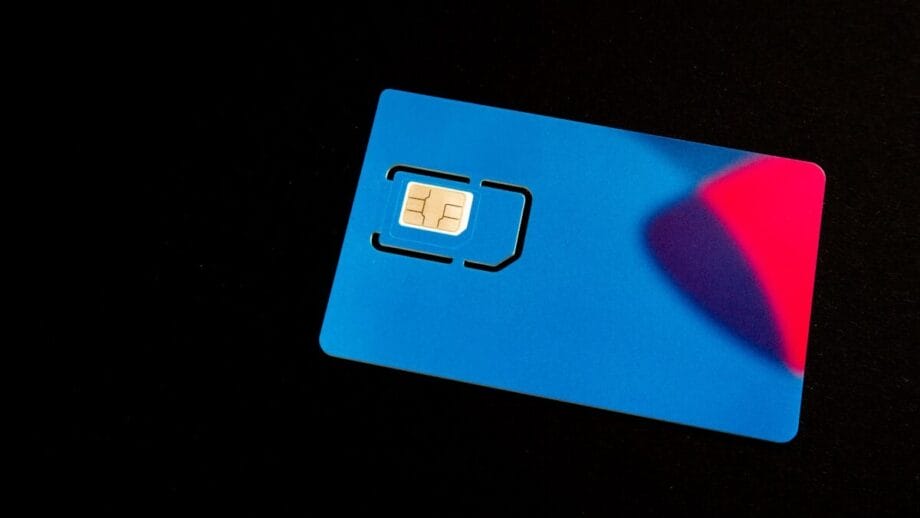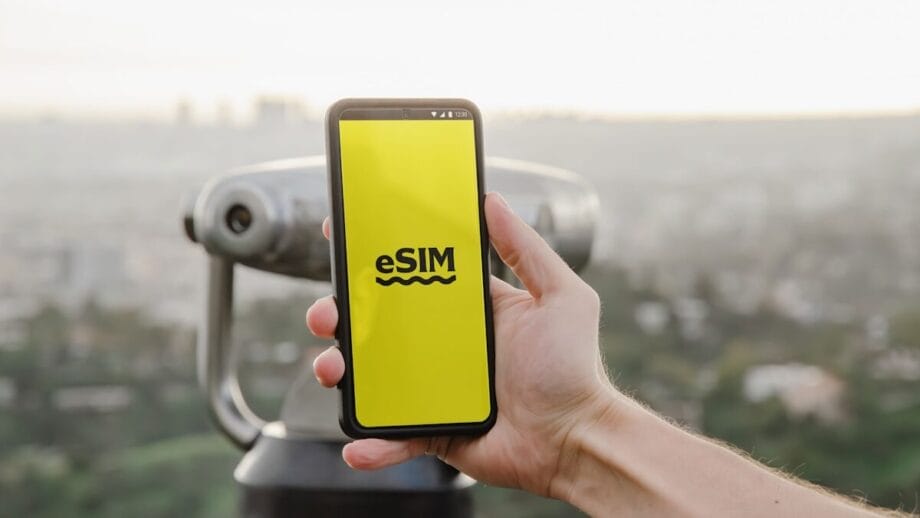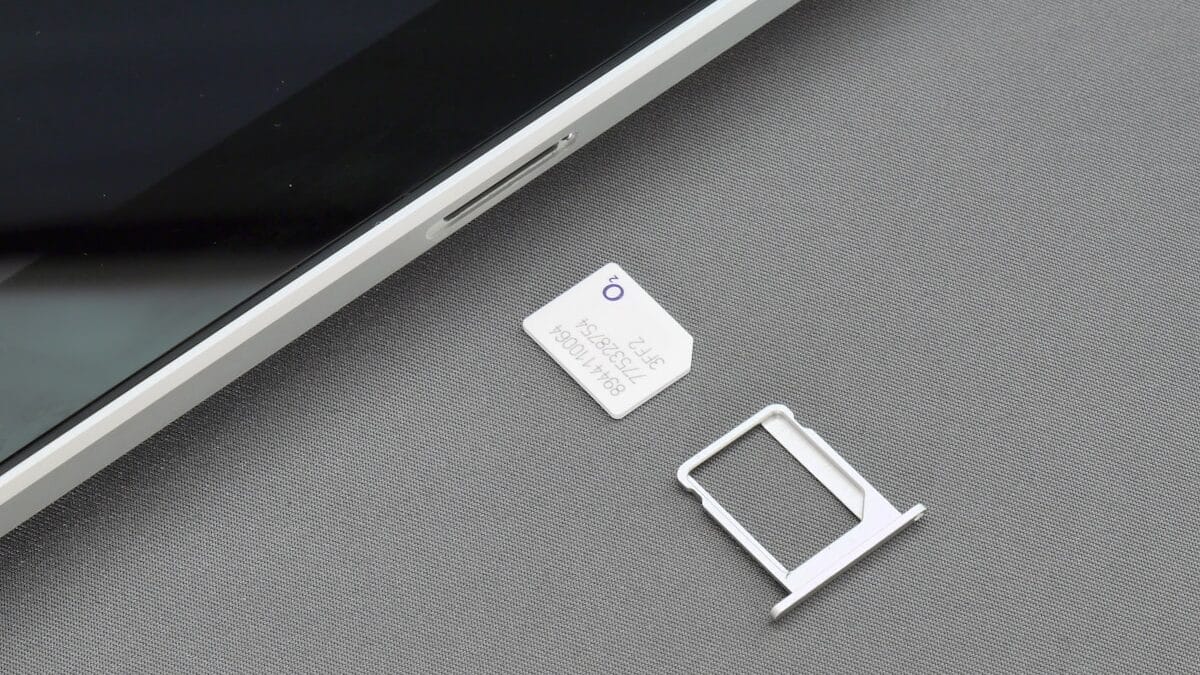In 2025, SIM cards will no longer be just a small chip you insert into your phone. There’s a new way to connect – called eSIM. It’s already being used in popular phones, smartwatches, and even laptops.
But here’s the confusion – is eSIM better than a regular SIM? Should you switch? And what happens to your old SIM card?
This blog will help you understand the difference. No tech jargon. No confusing terms. Just a clear, simple explanation.
Understanding SIM Card

Before we compare, let’s go back a bit.
A SIM card is a small plastic chip. It goes into your phone and connects you to a mobile network. Your information, like phone number, contacts, and the network, is stored in this physical card. You can take it out anytime and put it into another phone. That’s how it’s worked for years.
But these cards can get damaged. They can get lost. You also need a pin or a tool to remove them. And every time you change phones, the setup takes time.
This is where an eSIM card comes in.
Understanding eSIM
eSIM stands for embedded SIM. It does the same job as a normal SIM – but it’s built into your phone. No physical card. No tray. No need to insert or remove anything.
You can call eSIM a digital SIM. There is a provision for it in your device. To activate it, you scan a QR code or use a mobile app.
Now here’s the big difference: With a regular SIM, switching networks means getting a new card. eSIM is a digital form of a physical SIM card. You can easily change networks using your phone settings. There is no need to wait or visit a shop.
In simple words, you can compare it to downloading an app and buying a CD. One is faster, easier, and doesn’t need physical stuff.
eSIM vs Physical SIM: Feature-by-Feature Comparison
Let’s compare both of them:
- Setup and Activation:
- Physical SIM: You get it from a store or courier. Then insert it, restart your phone, and wait for it to catch a signal.
- eSIM: No store needed. Scan a QR code or follow the steps in the settings. Done in minutes.
- Switching Networks:
- Physical SIM: There is no need to be techy. You just need to replace the card.
- eSIM: You can switch between plans from the phone itself – no physical card needed.
- Device Limitations:
- Physical SIM: You need a physical slot to install a physical SIM in your phone.
- eSIM: It works only if your device supports eSIM.
- Security:
- Physical SIM: It can be misused. Someone can easily remove this SIM from your phone and add in your phone.
- eSIM: Harder to remove or clone. It’s locked inside your phone.
- Portability:
- Physical SIM: Easy to move to another phone – just swap the card.
- eSIM: Needs setup in every new phone. No one can take it out physically.
We discussed the advantages and disadvantages of both types. You can choose from one that provides speed, security, or flexibility.

Can You Use Both eSIM and Physical SIM Together?
Yes. Many phones today offer dual SIM support. That means you can use:
- One eSIM.
- One physical SIM.
Or in some cases, two eSIMs.
This is useful if you travel often or use different numbers – like one for work, one for personal use. You can keep both active without carrying two phones. In some phones, the second SIM is locked in case you activate eSIM. So, you must always check the model of your smartphone.
eSIM vs Physical SIM While Traveling: What’s Easier?
If you travel often, this part matters.
With a physical SIM, you either buy a local SIM in the new country or activate international roaming. Both have issues. Local SIMs mean searching for stores. Roaming is costly and often slow.
With an eSIM, you can set up a new plan before even boarding your flight. Many travel eSIM providers let you pick a country, pay online, and scan a QR code to activate. No airport lines. No paperwork.
Plus, you can keep your home SIM active and use the travel eSIM for data – both at the same time. That’s something regular SIMs can’t offer easily.
Pain point: Not all phones support eSIM roaming in every region. So do check that once before depending fully on it.
Security and Privacy: Which One’s Safer?
Both types are safe, but eSIM offers extra protection in some areas.
A physical SIM can be easily taken out by anyone from your phone. If someone steals your phone, they can take out the SIM and misuse it. They can also put it in another device to get your calls or OTPs.
With eSIM, this becomes harder. It’s locked inside your device and protected with your phone’s password or biometrics. It can’t be physically taken out.
If someone steals your phone, you can use the Find My Device option. It will assist you to lock or erase everything – including the eSIM remotely from your phone.
However, you still need strong phone security – PINs, face ID, and no sharing of QR codes.
What Happens if You Lose Your Phone?
This is a big question for many users switching to eSIM.
With a physical SIM, you can remove it and use it in another phone. Or get a duplicate SIM from the carrier.
With an eSIM, recovery works differently. You must contact your carrier to deactivate it remotely. Then, they’ll issue a new eSIM – usually by sending a new QR code or guiding you through a fresh setup.
Good news: eSIMs are safer if your phone is lost. But bad news? It may take longer to get back on your network unless you get fast support from your carrier.

Should I Switch to eSIM?
It depends on how much data you use.
Switch to eSIM if:
- You hate carrying extra SIM cards.
- You travel often and need quick plan changes.
- Your phone supports dual SIM.
- You value security and remote access.
Stick to a physical SIM if:
- Your phone doesn’t support eSIM.
- You prefer swapping cards between phones.
- You’re not comfortable with digital-only setups.
Both options work well. But eSIM gives you more flexibility – especially in 2025, when more networks and devices are supporting it.
What are the Limitations of eSIM?
- Not available on all phones: Many budget phones still don’t support eSIM. Even some newer models come with a SIM slot only, especially in certain regions.
- Network is limited: Most of the networks do not provide eSIMs. Some only support it for postpaid plans or in select circles. You might need to visit the store or call customer care for activation.
- Not easy to transfer between devices: With a SIM card, you just pop it out and move it. eSIM needs reactivation every time. Some users find this annoying – especially if you switch phones often.
- Can’t remove it manually: This sounds like a plus – but if your phone is damaged or not turning on, there’s no way to remove the eSIM. That can delay access until you get a replacement setup.
- Tech comfort is needed: Some users still find QR-based activation or profile switching confusing. Physical SIM is easier for those who want a plug-and-go option.
In short, eSIM is modern – but not yet as “universal” as the old SIM card.
How the Industry is Moving in 2025
eSIM is not just a trend. It’s becoming the new standard.
- In 2025, many phones in the US will ship without a SIM slot.
- Smartwatches, laptops, and even cars now use eSIMs for network access.
- Apple, Samsung, and Google are pushing for full eSIM support across regions.
- Many telecom companies are launching eSIM-only plans for ease and speed.
That said, physical SIMs won’t disappear overnight. In countries where users still rely on store visits, prepaid plans, or SIM swaps, the plastic chip will stick around a while longer.
But the shift is clear. Over the next few years, more devices will drop the tray and go digital.
For users, that means now is the time to learn how both options work – so you’re ready when the switch happens.
Conclusion

There’s no perfect answer. Both eSIM card and physical SIMs have their place.
eSIM is the future – but not everyone needs to switch right away. Just be aware of how both work. In this way, you’re ready to choose what fits best with your needs.
If you think you want to move forward with the old school way, you can use a physical SIM. Another way is an eSIM card. Now, you can make smarter choices. Whether you want to upgrade your phone or travel abroad, you can switch to an eSIM card.
We all know SIM technology is advancing at a faster pace. So, if you remain updated, you can avoid hassles in no time. We recommend moving forward with what fits your lifestyle rather than what’s trending.






